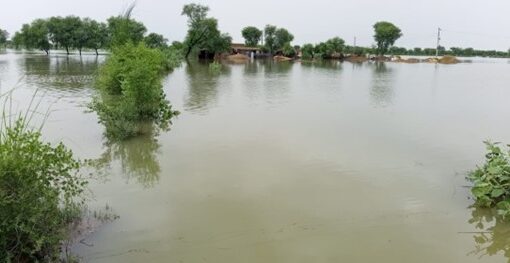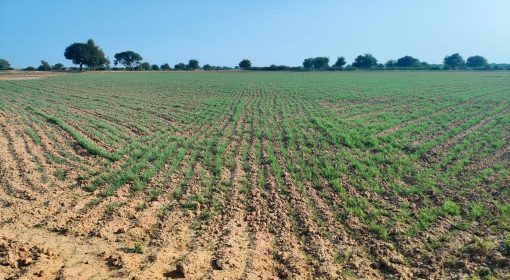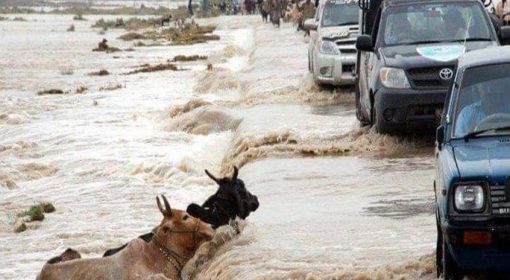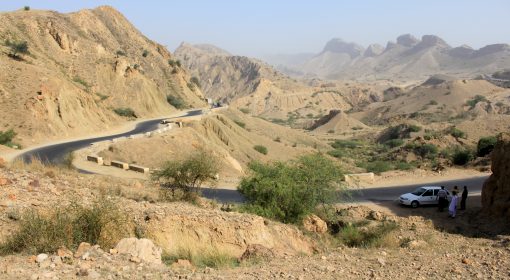By Ashfaque Soomro and Frank van Steenbergen
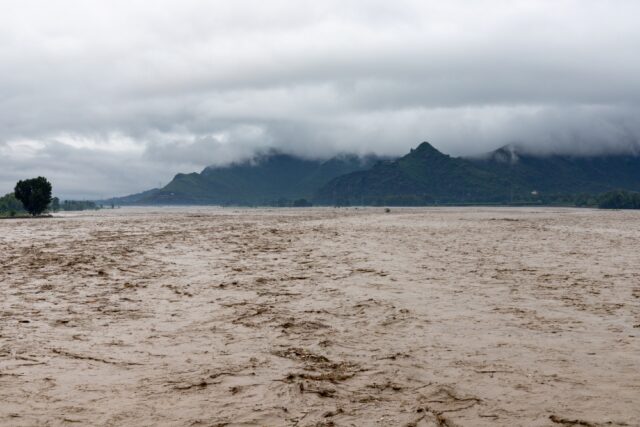
The 2022 floods in Pakistan originated from dry hill territory in the west of the country. Floods accumulated and ultimately inundated the plains, but they had already left a track of devastation in the mountain territory, with Balochistan Province being particularly hard hit. As per the official reports 440 people lost their lives in the Province, more than 600,000 livestock perished, approximately 200,000 hectares of land was affected, thousands of small fruit orchards damaged and more than 20,000 houses gone. All in all, 9 million people were affected in 32 districts.
It was however not only the unusual high rainfall that caused the havoc, it was also the weak infrastructure. Almost, 60 to 80% of water facilities were affected, including dams, solar powered and electric tube-wells, deep hand pumps and ponds. Here, we just focus on the destructions caused by damages to the dams in Baluchistan. Whereas these dams were designed to retain flood water, they instead accelerated the disaster by accumulating the flood water and then releasing at once. Some overflowed, some were breached and some completely busted. All in all in Balochistan in the 2022 flood around 25-30 dams were destroyed in the districts of Killa Saifullah, Killa Abdullah, Pishin and Quetta, including a number of dams completed under the World Bank-financed 100 Small Dams Project.
For years the construction of small dams in Balochistan had been a matter of controversy. They were supposed to retain water during high discharge and have it stored to slowly percolate into the soil and recharge groundwater. The controversy – rightly so – came from the fact that in an arid denuded territory such as Balochistan the dam reservoirs fill up with sediment that seal the bottom of the reservoirs, blocking the percolation downwards. The dams become evaporation ponds instead, wasting water in an area that can ill afford this. Moreover, there are many other measures to capture and retain run-off and floodwater in arid mountain area, that are much more effective and less costly, such as sand dams, subsurface dams, bed stabilizers, infiltration trenches, leaky dams and more.
The continuous heavy rainfall during the day caused the water levels in the dams to rise rapidly and then at night overflow, causing in several cases breaches or bust. It took everyone unaware, deluging homes, village territory, farm land. We talked with farmers in ‘Killi Khushnob’ village, located in the Killa Saifullah district, where more than 200 houses either completely collapsed or were damaged beyond repair. A farmer, Muhammad Khan, son of Hameed, shared with us that he not only lost his entire house due to damage to the dams, but all his household assets were swept away by the water that suddenly surrounded the village. Another farmer, Haji Muhammad Hanif, lost his orchard of apple trees, which were nearly ready for harvest. Similarly, Shah Muhammad lost his house, farms, and livestock in the floods. Additionally, some residents built their homes too close to the dams, ignoring overflow risks, which exacerbated the damage.
The dam failures also effected the electricity network, the telecommunication infrastructure and roads and bridges. Additionally, in the affected areas, school buildings and health facilities were also damaged, which took at these essential services for elongated periods.
It calls for a rethink of building small dams in these dry but volatile hydrologies and endeavour into the many other options to capture heavy run-off and turn it into beneficial use. It also calls for dam safety protocols for the dams already built or planned to be build.
This blog is compiled from the learning of the Pakistan Flood 2022, through locally led dialogues by MetaMeta under Dutch Disaster Risk Reduction and Surge Support Program of RVO.
